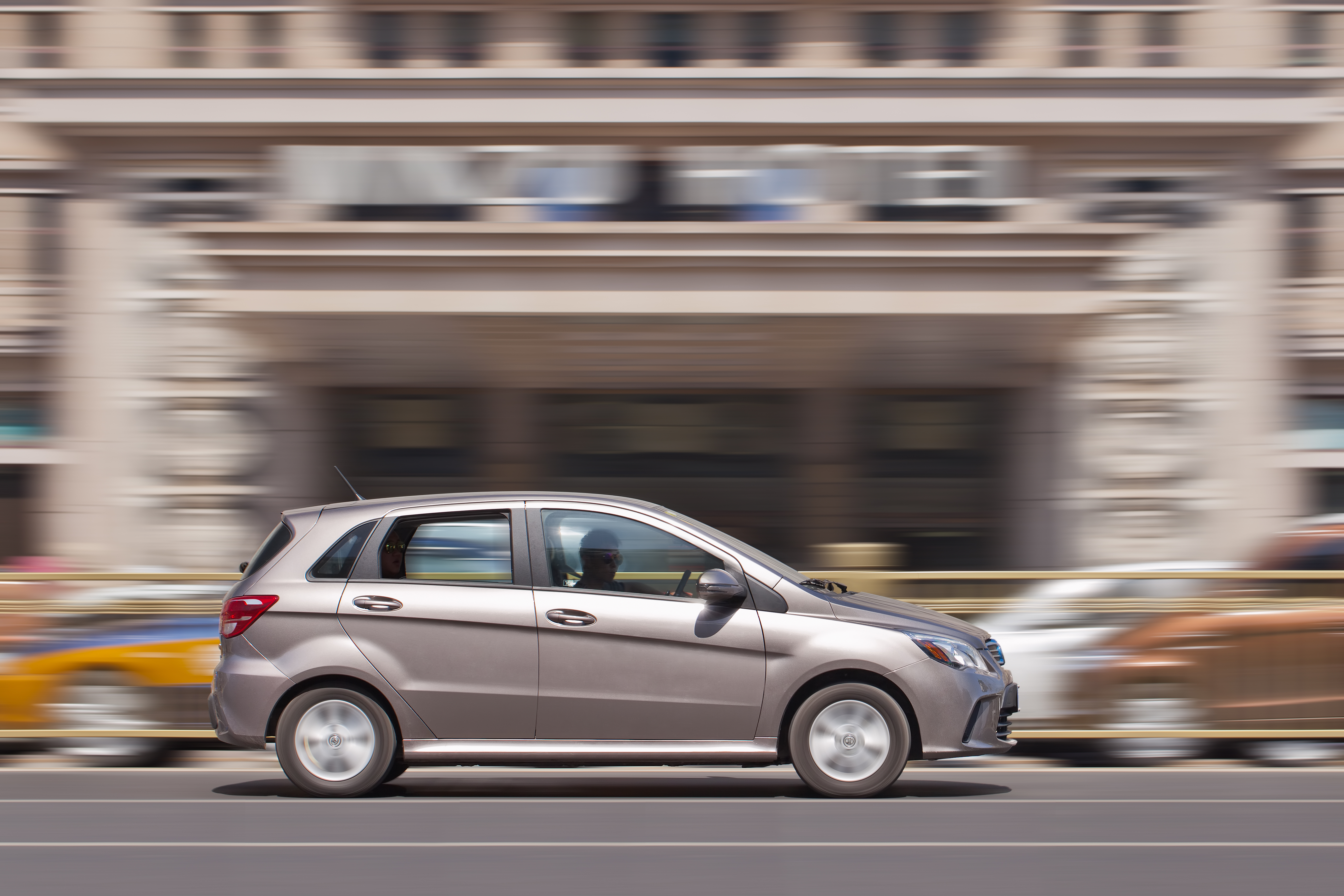All About Hatchback Cars
Hatchback cars are small and handy vehicles that many people like for city driving. They have a special back door that opens up to a roomy area for bags and boxes. In this article, we will explore what makes hatchbacks different from other cars and why people enjoy using them.

Hatchback cars represent a distinctive category in the automotive world, characterized by their rear door that swings upward to provide access to the cargo area. Unlike traditional sedans with separate trunks, hatchbacks integrate the passenger compartment with the storage space, creating a more adaptable interior layout. This design philosophy has made them particularly appealing to city dwellers, young professionals, and families who value both maneuverability and practicality. The hatchback segment spans from subcompact models perfect for solo commuters to larger variants that can accommodate growing families, offering something for nearly every type of driver.
What Defines Hatchback Cars
A hatchback is distinguished by its rear-opening door, which includes the back window and provides direct access to the cargo area. This design typically features a two-box configuration, where the engine compartment forms one box and the combined passenger and cargo area forms the second. Most hatchbacks come in three-door or five-door configurations, with the rear hatch counting as one door. The sloping or vertical rear roofline connects seamlessly to the hatch, creating a profile that maximizes interior space while maintaining a compact exterior footprint. This architectural approach allows manufacturers to pack considerable utility into vehicles that remain easy to park and navigate through congested areas.
Small City Cars and Urban Advantages
Small city cars within the hatchback category excel in urban environments where space comes at a premium. Their compact dimensions make parallel parking significantly easier, while tight turning radiuses help drivers navigate narrow streets and crowded parking structures with confidence. Fuel efficiency stands out as another major benefit, with many hatchback models delivering excellent mileage that reduces both environmental impact and fuel costs. The elevated seating position compared to sports cars provides better visibility in traffic, helping drivers spot pedestrians, cyclists, and obstacles more easily. Additionally, the nimble handling characteristics of small city cars make quick lane changes and responsive maneuvering second nature, reducing stress during rush hour commutes.
Compact Car Features That Matter
Compact car features in modern hatchbacks go far beyond basic transportation. Many contemporary models include advanced infotainment systems with smartphone integration, allowing drivers to access navigation, music, and communication apps safely while driving. Safety technologies such as automatic emergency braking, lane departure warnings, and blind-spot monitoring have become increasingly common, even in entry-level hatchback models. The flexible seating arrangements represent a standout feature, with rear seats that fold flat or in split configurations to accommodate everything from grocery runs to furniture transport. Climate control systems, keyless entry, and push-button start have transitioned from luxury features to standard equipment in many hatchback offerings. Driver assistance technologies continue to evolve, with some models now offering adaptive cruise control and semi-autonomous driving capabilities that were once exclusive to premium vehicles.
Urban Car Guide: Choosing the Right Hatchback
Selecting the right hatchback requires evaluating several factors based on individual needs and preferences. Consider your typical passenger count and cargo requirements, as hatchbacks range from two-seaters to models comfortably accommodating five adults. Fuel economy matters significantly for daily commuters, with some hatchbacks achieving over 40 miles per gallon on highways. Engine options vary from efficient three-cylinder units to turbocharged four-cylinders that deliver spirited performance without sacrificing practicality. Technology packages differ substantially between models, so prioritize the connectivity and safety features most important to your driving habits. Test driving multiple hatchback models helps reveal differences in ride quality, noise levels, and overall comfort that specifications alone cannot convey. Budget considerations should account for not just purchase price but also insurance costs, maintenance expenses, and expected fuel consumption over the ownership period.
Hatchback Vehicle Overview: Popular Segments
The hatchback vehicle overview reveals distinct segments catering to different market needs. Subcompact hatchbacks prioritize efficiency and affordability, making them ideal first cars or city commuters. Compact hatchbacks offer more interior space and features while maintaining manageable exterior dimensions suitable for urban use. Hot hatchbacks combine practical body styles with performance-oriented engines and suspensions, appealing to driving enthusiasts who refuse to sacrifice utility. Luxury hatchbacks bring premium materials, advanced technology, and refined driving dynamics to the segment, competing with traditional luxury sedans. Electric hatchbacks represent the newest evolution, offering zero-emission driving with the familiar practicality of the hatchback format. Each segment serves specific buyer priorities, from budget-conscious students to environmentally aware professionals seeking sustainable transportation solutions.
Maintenance and Ownership Considerations
Owning a hatchback involves understanding maintenance requirements and long-term costs. Regular oil changes, tire rotations, and brake inspections form the foundation of preventive maintenance that extends vehicle life. Many hatchbacks feature timing chains rather than belts, reducing major maintenance intervals and associated costs. Compact dimensions mean smaller, less expensive tires compared to SUVs and trucks, lowering replacement costs over time. Insurance premiums for hatchbacks typically fall below those for sports cars and luxury vehicles, though rates vary based on model, driver age, and location. Resale values depend heavily on brand reputation, condition, and mileage, with well-maintained examples from reliable manufacturers retaining value better than average. Understanding warranty coverage and available service plans helps protect against unexpected repair expenses during the ownership period.
Hatchback cars continue evolving to meet changing consumer preferences and regulatory requirements. Their combination of practicality, efficiency, and style makes them enduring favorites in markets worldwide. Whether you prioritize fuel economy, cargo versatility, or driving enjoyment, the diverse hatchback segment offers options worth serious consideration for your next vehicle purchase.




